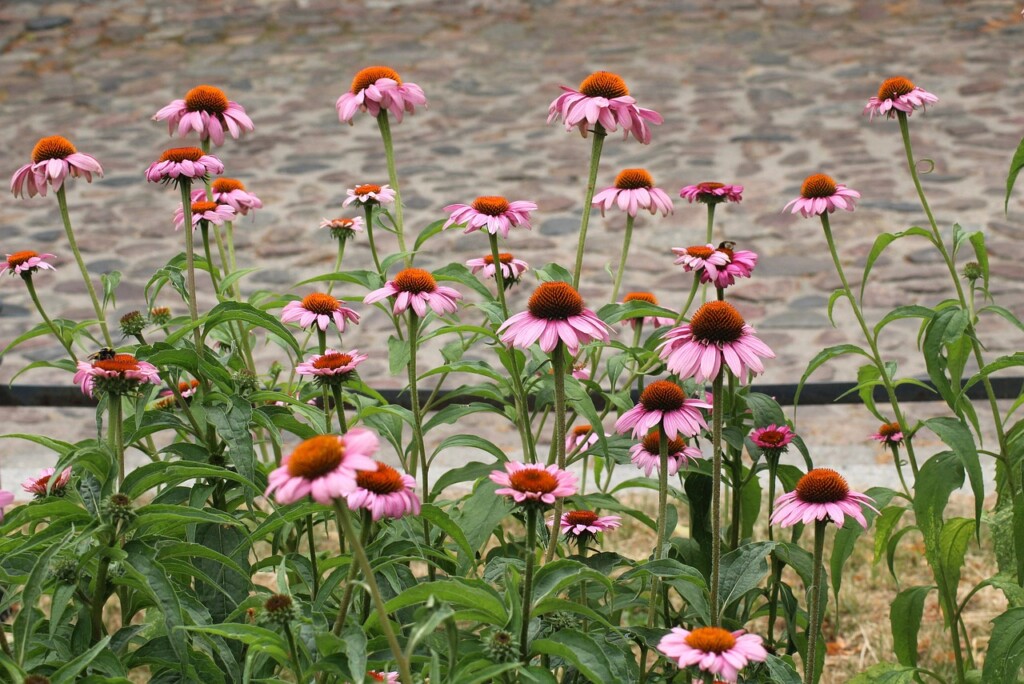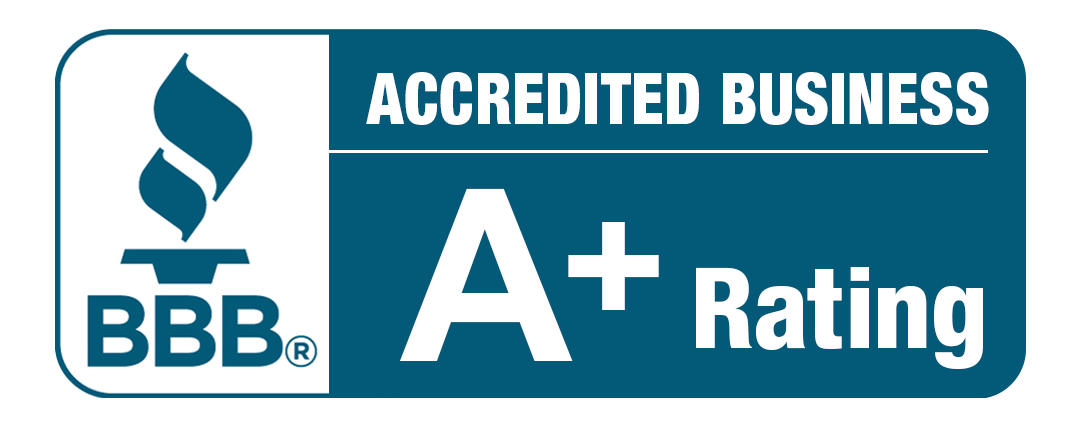Landscaping plays an essential role in enhancing curb appeal – it creates an inviting and visually appealing exterior for a home. A well-maintained landscape with vibrant plants and attractive design elements can significantly increase property value while making a lasting first impression. But landscaping in Florida is different than in other parts of the country. Creating a beautiful and sustainable landscape for a South Florida home involves choosing plants that thrive in the region’s tropical climate. Native plants have adapted to the local environment, require less water, and provide essential support for local wildlife.
This article will discuss some of the best native grasses, trees, and plants you can use to landscape your Florida home.
Native Grasses
Native grasses are an excellent choice for landscaping, as they are drought-tolerant and require minimal maintenance. They also provide texture and movement to your garden, especially in wind-prone areas. Muhly Grass is an ornamental grass known for pinkish-purple plumes that appear in late summer and fall. It grows well in well-drained soil and full sun, making it ideal for the South Florida landscape.
Bitter Panicum is a tough, salt-tolerant grass that is perfect for coastal areas. It has a distinctive upright growth habit and silvery seed heads, adding visual interest to the landscape. It’s also a great choice for erosion control. Fakahatchee Grass is a versatile and attractive grass that grows in a variety of soil types and conditions. It features tall, dense green blades and is perfect for creating natural-looking borders or as a backdrop for flowering plants.
Florida Native Trees
Native trees are integral to landscaping because they provide shade, support local wildlife, and add beauty to your home’s exterior. One of the most well-known South Florida trees is the Live Oak. A classic Southern tree, the live oak has broad, spreading branches that offer ample shade. It’s incredibly durable, drought-tolerant, and can live for hundreds of years. Live oaks support a variety of wildlife, including birds and squirrels.
The Silver Palm is known for its distinctive silvery fronds. It is a small, attractive tree that can tolerate dry conditions. It’s an ideal palm for landscaping in both residential and commercial spaces, adding a tropical flair to your yard. The Florida Slash Pine is perfect for larger properties or natural areas. It grows tall with long, slender needles and produces cones that provide food for wildlife. It’s a good choice for windbreaks and is well-suited for sandy, dry soil.
As Florida’s state tree, the cabbage palm is iconic. It’s a hardy palm that grows well in various conditions, from coastal areas to inland regions. This palm has a tall, slender trunk and a crown of fan-shaped leaves. An alternative to palms is the Florida Strangler Fig, a native tree that is both unique and beautiful. It often begins life as an epiphyte, growing on other trees before eventually wrapping its roots around its host. Its small, dark green leaves provide a lush canopy, and it can be used as a shade tree or specimen plant.
Native Shrubs, Bushes, and Flowering Plants
Shrubs and bushes provide structure and variety to a landscape. Native shrubs such as the fire bush are especially beneficial because they can attract pollinators and wildlife, such as hummingbirds and butterflies. This evergreen shrub can also be used as a hedge or a specimen plant, thriving in full sun and well-drained soil. Beautyberry is a deciduous shrub that produces striking purple berries in the fall, making it a favorite among birds. Beautyberry grows well in well-drained soil and can tolerate both sun and partial shade, making it perfect for naturalized areas or garden beds.
Wild Coffee is a low-growing shrub with glossy green leaves and small white flowers that turn into red berries. It thrives in partial shade and is ideal for shady garden spots. It’s also an excellent choice for providing ground cover or for planting under trees.
Native flowering plants help maintain biodiversity and are well-suited for the South Florida climate. Coreopsis is a native wildflower that produces bright yellow flowers. Pineland Honeysuckle is a native vine with trumpet-shaped orange or yellow flowers. It’s perfect to adorn trellises or fences or can be used as groundcover. The Firecracker Plant is a low-maintenance shrub that is perfect for xeriscaping. Finally, the Purple Coneflower has striking purple petals and an orange center. It is an excellent addition to garden beds or borders.
Conclusion
When selecting native plants for a South Florida home, it’s essential to choose species that are well-adapted to the local environment. Native grasses, trees, shrubs, and flowering plants not only help create a beautiful, sustainable landscape but also support local wildlife and ecosystems. By incorporating these plants, you’ll have a thriving, eco-friendly garden that reflects the natural beauty of South Florida.
Landscaping plays an essential role in enhancing curb appeal – it creates an inviting and visually appealing exterior for a home. A well-maintained landscape with vibrant plants and attractive design elements can significantly increase property value while making a lasting first impression. But landscaping in Florida is different than in other parts of the country. Creating a beautiful and sustainable landscape for a South Florida home involves choosing plants that thrive in the region’s tropical climate. Native plants have adapted to the local environment, require less water, and provide essential support for local wildlife.
This article will discuss some of the best native grasses, trees, and plants you can use to landscape your Florida home.
Native Grasses
Native grasses are an excellent choice for landscaping, as they are drought-tolerant and require minimal maintenance. They also provide texture and movement to your garden, especially in wind-prone areas. Muhly Grass is an ornamental grass known for pinkish-purple plumes that appear in late summer and fall. It grows well in well-drained soil and full sun, making it ideal for the South Florida landscape.
Bitter Panicum is a tough, salt-tolerant grass that is perfect for coastal areas. It has a distinctive upright growth habit and silvery seed heads, adding visual interest to the landscape. It’s also a great choice for erosion control. Fakahatchee Grass is a versatile and attractive grass that grows in a variety of soil types and conditions. It features tall, dense green blades and is perfect for creating natural-looking borders or as a backdrop for flowering plants.
Florida Native Trees
Native trees are integral to landscaping because they provide shade, support local wildlife, and add beauty to your home’s exterior. One of the most well-known South Florida trees is the Live Oak. A classic Southern tree, the live oak has broad, spreading branches that offer ample shade. It’s incredibly durable, drought-tolerant, and can live for hundreds of years. Live oaks support a variety of wildlife, including birds and squirrels.
The Silver Palm is known for its distinctive silvery fronds. It is a small, attractive tree that can tolerate dry conditions. It’s an ideal palm for landscaping in both residential and commercial spaces, adding a tropical flair to your yard. The Florida Slash Pine is perfect for larger properties or natural areas. It grows tall with long, slender needles and produces cones that provide food for wildlife. It’s a good choice for windbreaks and is well-suited for sandy, dry soil.
As Florida’s state tree, the cabbage palm is iconic. It’s a hardy palm that grows well in various conditions, from coastal areas to inland regions. This palm has a tall, slender trunk and a crown of fan-shaped leaves. An alternative to palms is the Florida Strangler Fig, a native tree that is both unique and beautiful. It often begins life as an epiphyte, growing on other trees before eventually wrapping its roots around its host. Its small, dark green leaves provide a lush canopy, and it can be used as a shade tree or specimen plant.
Native Shrubs, Bushes, and Flowering Plants
Shrubs and bushes provide structure and variety to a landscape. Native shrubs such as the fire bush are especially beneficial because they can attract pollinators and wildlife, such as hummingbirds and butterflies. This evergreen shrub can also be used as a hedge or a specimen plant, thriving in full sun and well-drained soil. Beautyberry is a deciduous shrub that produces striking purple berries in the fall, making it a favorite among birds. Beautyberry grows well in well-drained soil and can tolerate both sun and partial shade, making it perfect for naturalized areas or garden beds.
Wild Coffee is a low-growing shrub with glossy green leaves and small white flowers that turn into red berries. It thrives in partial shade and is ideal for shady garden spots. It’s also an excellent choice for providing ground cover or for planting under trees.
Native flowering plants help maintain biodiversity and are well-suited for the South Florida climate. Coreopsis is a native wildflower that produces bright yellow flowers. Pineland Honeysuckle is a native vine with trumpet-shaped orange or yellow flowers. It’s perfect to adorn trellises or fences or can be used as groundcover. The Firecracker Plant is a low-maintenance shrub that is perfect for xeriscaping. Finally, the Purple Coneflower has striking purple petals and an orange center. It is an excellent addition to garden beds or borders.
Conclusion
When selecting native plants for a South Florida home, it’s essential to choose species that are well-adapted to the local environment. Native grasses, trees, shrubs, and flowering plants not only help create a beautiful, sustainable landscape but also support local wildlife and ecosystems. By incorporating these plants, you’ll have a thriving, eco-friendly garden that reflects the natural beauty of South Florida.







